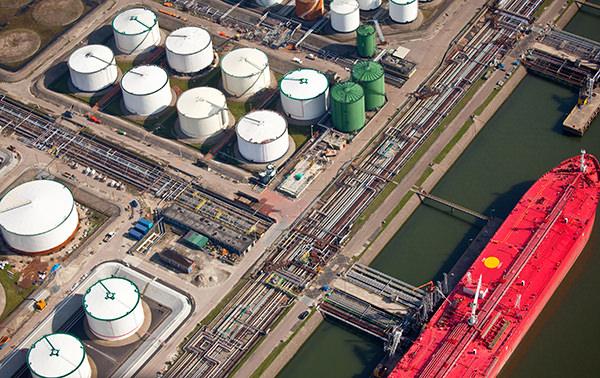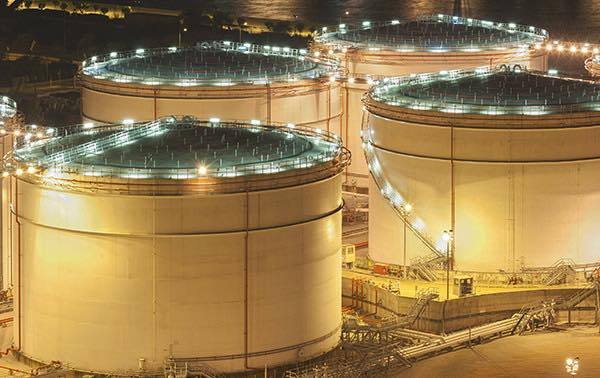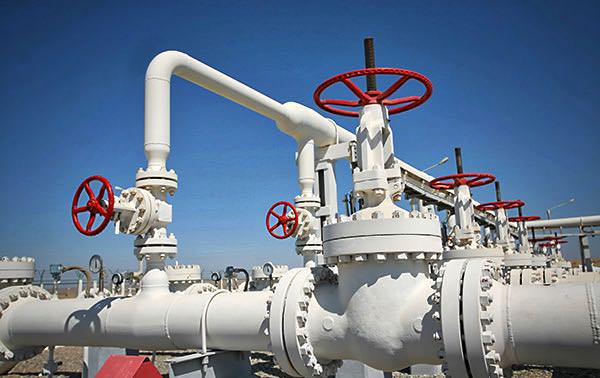BACKGROUNDThe following application concerns the removal of H2S from a water saturated CO₂ gas stream that was produced from an alkanolamine sweetener.
A natural gas plant located in the northwestern New Mexico, removes acid gas with alkanolamine absorption and regeneration. The resulting acid gas rejected in the regenerator vent contains over 99% CO₂ and as much as 150 ppm H2S. Reducing the H2S concentration to 10 ppm or less permits the gas to be discharged to the atmosphere.
SYSTEM DATA
- Gas Flow Rate 5 MMScfd
- Gas Composition 99 + %CO₂
- Pressure 17-21 psig
- Incoming H2S 150 ppm
- Outgoing H2S 0-7 ppm
Enviro-Scrub® Consumption
- 0.035 to 0.040 gallons per ppm H2S per million Scf. 2.11 to 2.41 lbs. sulfur per gallon of product.
SOLUTION
- Specially formulated Triazine is injected via an atomizer into a horizontal line just ahead of a static mixer in the rich amine feed to the regenerator. Before the CO₂ reaches the contact tower, the H2S concentration drops from 150 ppm to 40 ppm. The remaining H2S is removed in the regenerator.
RESULTS
- The contact tower is on liquid level control.
- The 10 ppm permit H2S level is easily achieved and
the air discharged into the atmosphere. - The spent Triazine is disposed of in permitted disposal wells.
This continuous system has produced substantial economic benefits for the customer.
TAKE-AWAYS:
- H2S level reduced so that air can be discharged into atmosphere using Triazine.
Related Case Studies
Crude Oil & Liquids - Pro3®

H2S Removal in Crude from Marine Tankers
- $10K per month chemical savings by using Pro3®
- Deliveries cut by 50%
- Millions of barrels treated and hundreds of tankers and barges in spec.
Crude Oil & Liquids - ProM®

Mercaptan Reduction in Condensate Splitter Feedstock
- ProM® Chemistry allowed customer to meet mercaptan specifications that MEA-Triazine was unable to reach.
Crude Oil & Liquids - Pro3®

H2S Removal in Crude Oil Truck Terminal
- $35K per month chemical savings using Pro3®
- Deliveries cut by 75%
- Chemical use cut by 80%.


